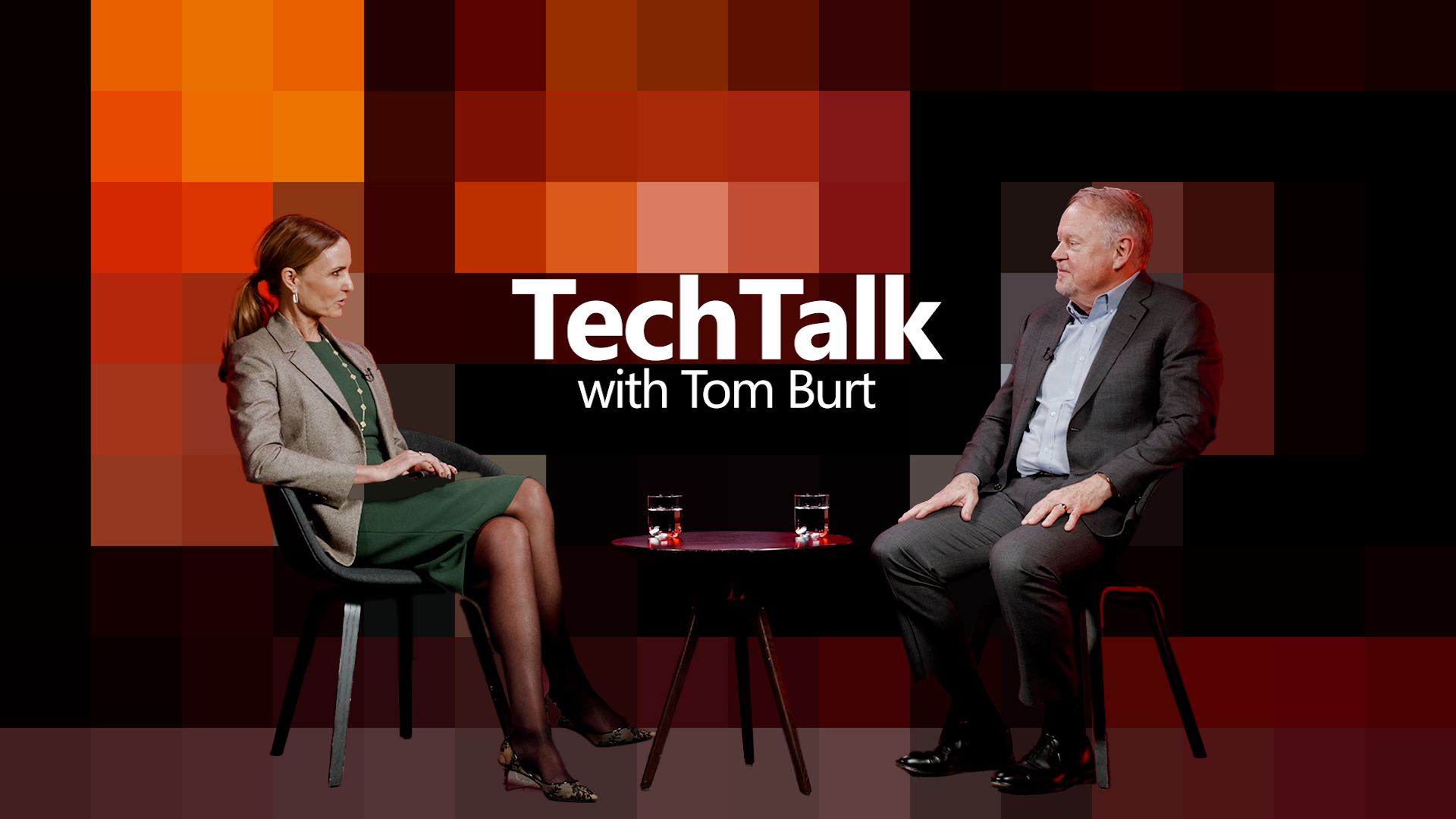In the age of AI, cybersecurity faces new challenges and opportunities, as both attackers and defenders leverage the power of artificial intelligence to achieve their goals.
AI can help improve the security of AI systems and enhance cybersecurity by enabling faster and more accurate detection of threats, automated response and mitigation, and proactive prevention of attacks. However, AI can also pose new risks to cybersecurity, by creating more sophisticated attacks and generating fake or misleading information.
In our latest #TechTalk, we are joined by Tom Burt, the head of Microsoft’s Customer Security and Trust team, for a conversation on the future of cybersecurity and the role of AI in addressing the evolving threat landscape.
In the episode, Tom shares more about the work of his team whose mission is to improve the safety and security of the digital ecosystem. It covers cybersecurity policy work as well as disrupting cybercrime around the world, advocating for enforceable rules of nation-state conduct in cyberspace and analyzing cyber-influence operations of nation states.
The war in Ukraine has shown the strategic alignment of kinetic weapons, cyber weapons, and influence operations. Tom believes that this is just the beginning of the future of conflict and that nation states will become even more adept at combining these aspects of conflict.
While adversaries are using AI to generate deepfakes and synthetic media, Tom believes that AI can give defenders a disproportionate advantage. By building algorithms that recognize malign code or concerning conduct online, AI can help protect customers automatically.
Policy is a strong driver for the security of the digital space, and Tom recognizes the EU’s leadership, for example as part of the Cyber Resilience Act. However, he notes that there is a vast proliferation of legislation and regulation around the world, often in conflict with one another, which does not only present a compliance challenge but weakens defenses against threat actors operating globally. He calls for leaders to drive harmonization globally.
Looking ahead to 2024, Tom sees both huge challenges and huge opportunities. The volume of cybercrime and nation-state activity is increasing, but there is also the opportunity for the private and public sectors to work together and build new forms of strategic alliances to counter these threats, including influencing election outcomes. By deploying AI, enacting thoughtful regulation, and working in partnership, he believes that we can advance the common interest of a safe and secure digital ecosystem. “I’m hoping that by the time we get to this time next year, we will look back on 2024 as a real time of transition from losing these battles to winning these battles and getting ahead of the bad guys.”
Watch the full #TechTalk with Tom Burt here.

